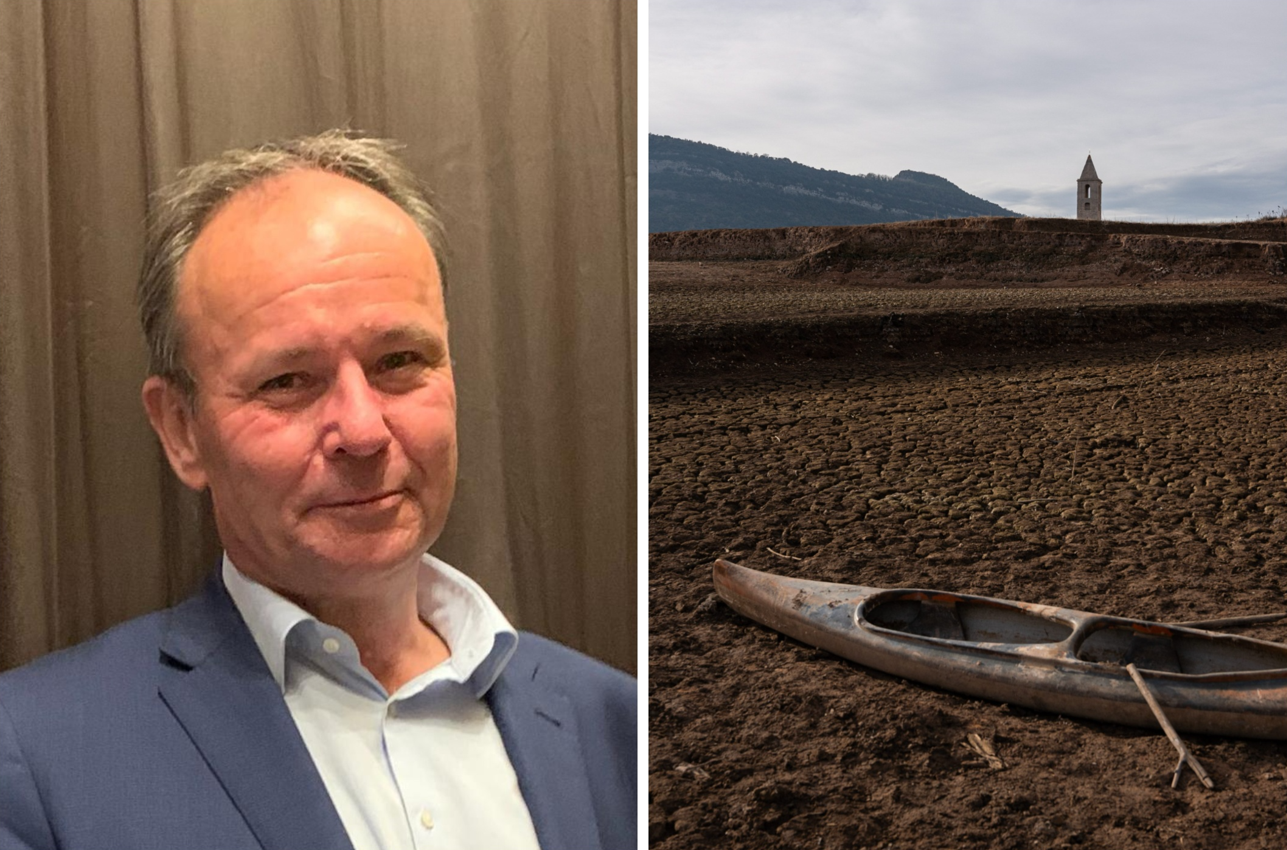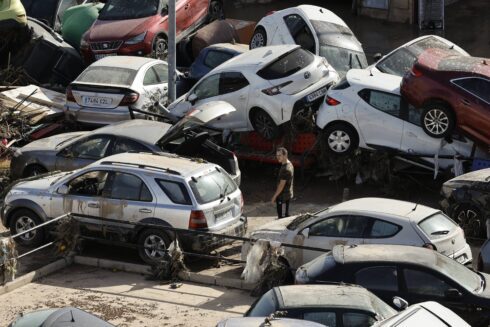WITH Andalucia currently in the midst of its longest drought in over 50 years, local authorities and residents are growing increasingly concerned about dwindling water resources.
Despite recent rainfall, Juanma Moreno, president of the Junta, has warned that at least 30 days of precipitation will be required to prevent the need for significant water restrictions this summer.
Reservoir levels across the region are low, with Almeria’s reservoirs running at just 9.38% of their maximum capacity.
For many, the threat of looming restrictions will ignite memories of 1995, when an infamously tinder-dry drought reached its nadir.

That year, national reservoir capacity ran at just 30.37% – Malaga’s water levels fell to a mere 4.5%, seriously threatening the continuation of supplies, whilst the Conde Guadalhorce reservoir dried up completely for the first time ever.
Meanwhile, the situation in Sevilla became so perilous that authorities seriously considered the entire evacuation of Spain’s fourth largest city.
Peter Capitain, a German-born expat, was living in Marbella’s old town during the drought.
He told the Olive Press: “We had water for only two hours a day, so if you wanted to shower you had to wake up really early”.

Even the area’s most affluent areas felt the brunt of strict water use – the streets of Puerto Banus, an epicentre of wealth and affluence, “smelt of toilets” as water constraints impacted sewage treatment.
READ MORE:’Summer January’ warning: Highs of 23C in Spain’s drought-hit Andalucia next week as an anticyclone blows in
Martin Brown was working in Puerto Banus’ boat yard at the time and recalls similar conditions: “I remember how awful it was working all day and not being able to shower, flush toilets, or use hoses – the place stank!”.
“We only had one hour of water a day so most people went swimming in the morning rather than using a shower”, added Martin.
Throughout the drought, there was serious worry as to whether water supplies could dry up completely.

Martin added: “I was only 15 at the time but I remember how nervous and stressed the locals and business owners were”.
Sandra, who lives in Estepona, had to contend with running a restaurant at a time when water was restricted for much of the day.
“We had to fill up buckets and pans with water in case it suddenly cut off”, she said. “We also had to often leave washing up for the morning as the flow of water was routinely stopped during the night.”
Organisations such as the WWF are warning that, although droughts in Andalucia are not uncommon, they are becoming more frequent and extreme.
Unprecedented temperatures, more extreme weather events and a higher level of water consumption have the potential to create a toxic environmental cocktail.

Martin, who works for Destination Marbella, fears that the threat is only getting greater as the area becomes more popular.
Martin added: “I think with many more golf courses and urban developments the situation is even more perilous than before. We have been very close to this same situation many times – we only got through last summer due to a wet May”.
Experts in Malaga have warned that the situation is much more unstable since the consumption of water in the province has increased dramatically, meaning reservoir reserves are used up at a faster rate.
However, Martin remains optimistic that new infrastructure, such as a desalination plant for Estepona, could prove invaluable: “I think it would be amazing because it would give them water independence, although it would change Marbella’s situation at the same time”.
Likewise, Sandra agrees that over-development and poor management are only adding to the danger of the situation.
She said: “Building in our area never ever stops and I believe this population explosion has much to answer for.
“The mayor of Estepona has filled the old town with trees and flowers needing much water too, plus the agricultural needs are massive such as olive oil crops which have been devastated”.
READ MORE: Spain could RUN OUT of olive oil for the first time in its history as drought continues to ravage…
The ongoing drought, combined with a series of poor harvests, has led to fears that Spain could run out of olive oil for the first time in its history.

Sandra added: “It is far worse now than before as the desertification of southern Spain seems more real than ever”.
Record-breaking temperatures and low rainfall have continued to dry out Andalucia’s lands – Sandra is also concerned about the “amount of wildfires we have experienced” in recent years, exacerbating agricultural pressures across the region.
Nevertheless, residents of the Costa del Sol will be hopeful that once the drought breaks, it does so in a lighter fashion than in 1995.
Martin remembers when the heavens finally opened: “The rains came and it was a biblical flood. Walls collapsed and gardens everywhere were washed away”.








